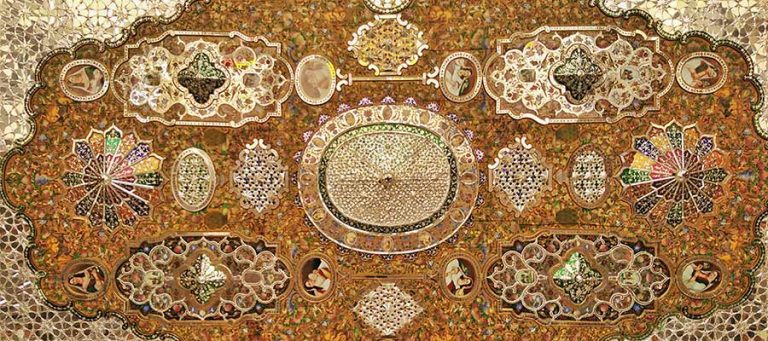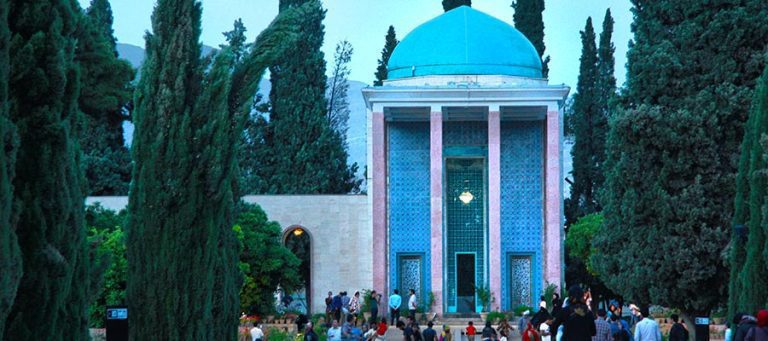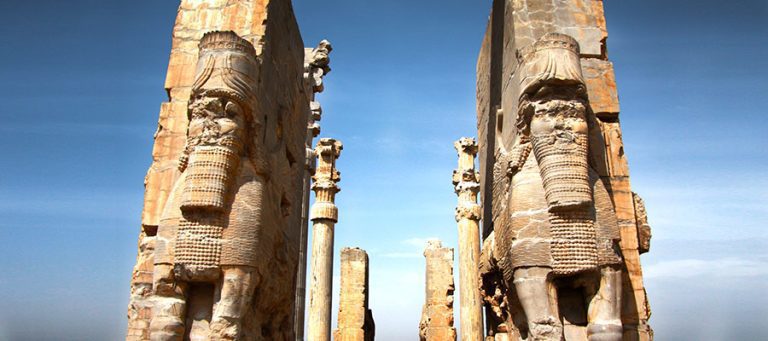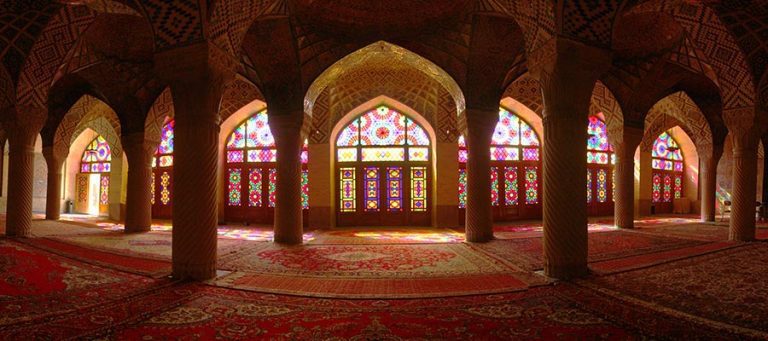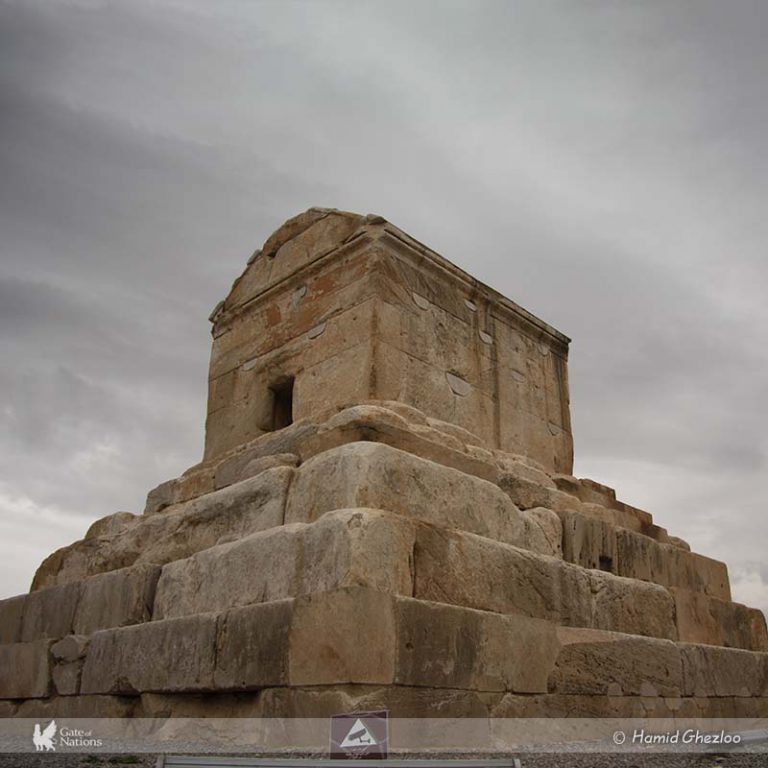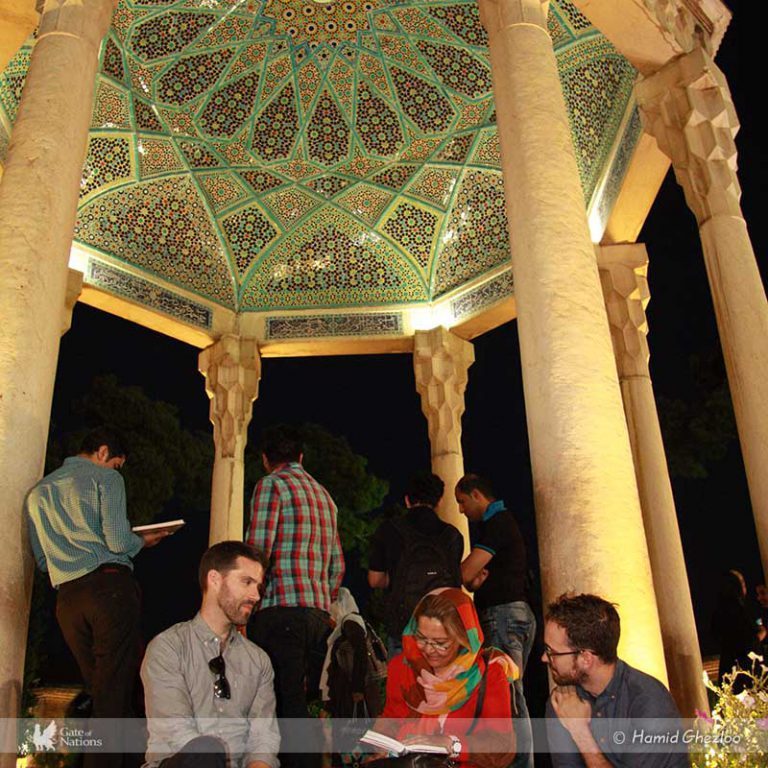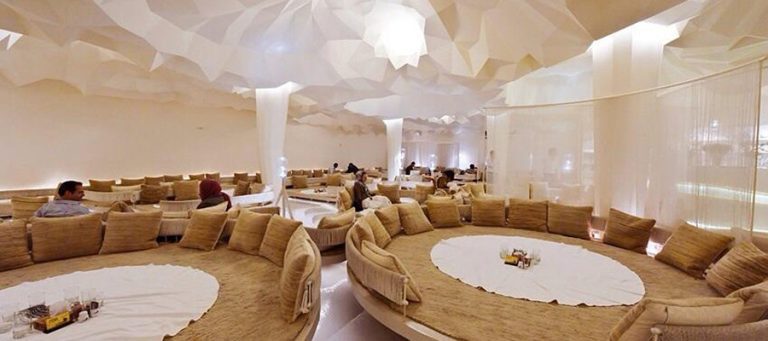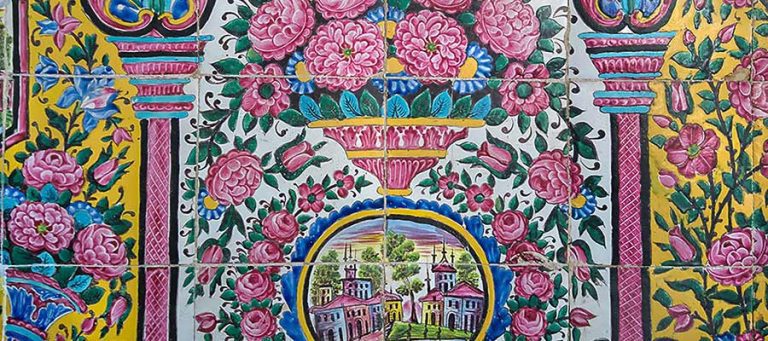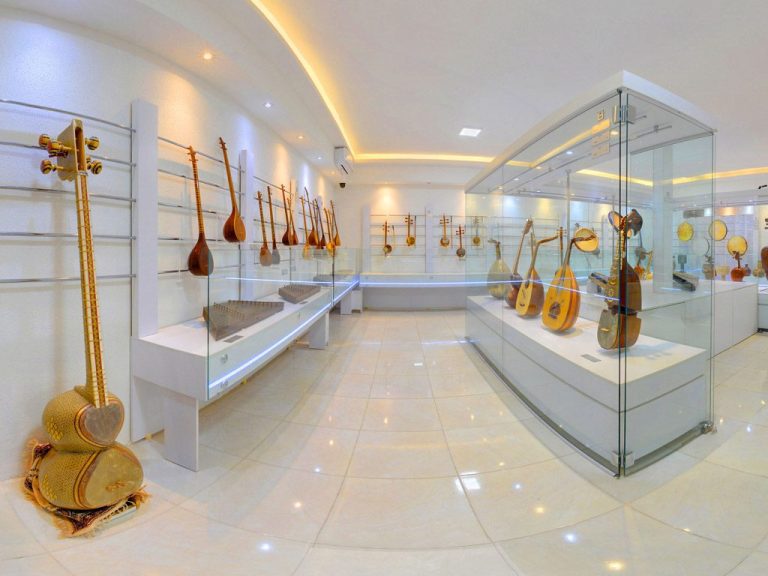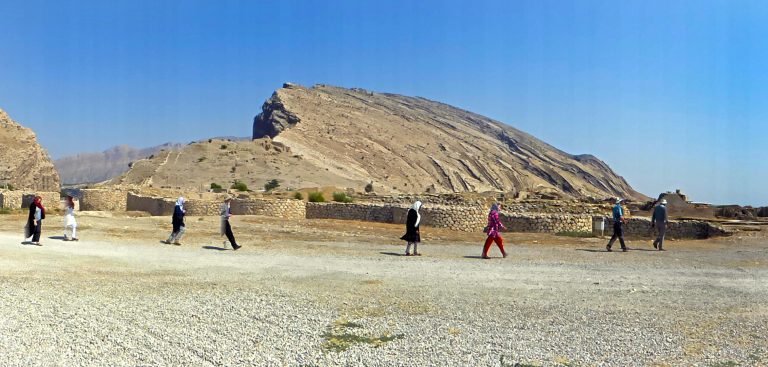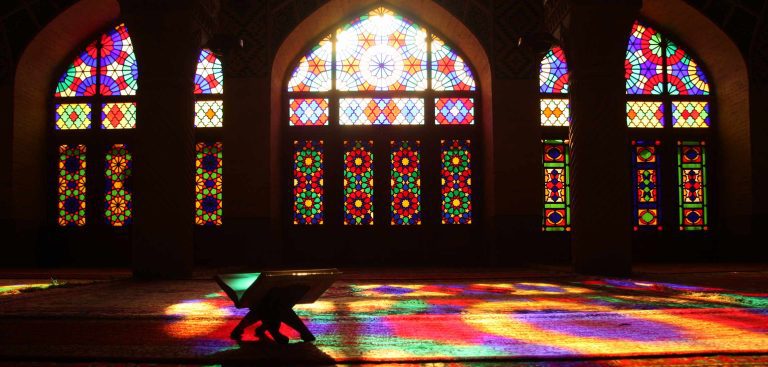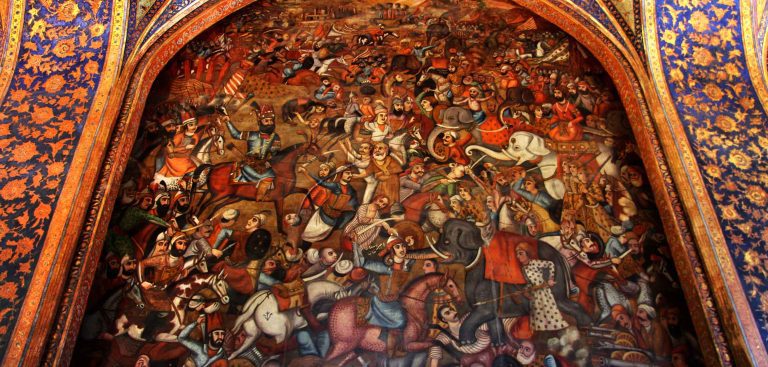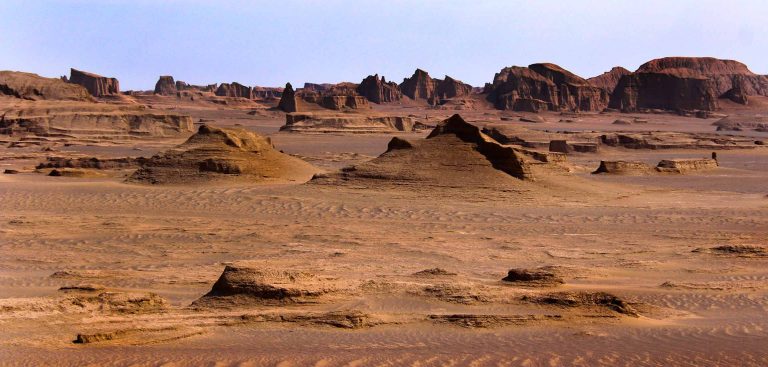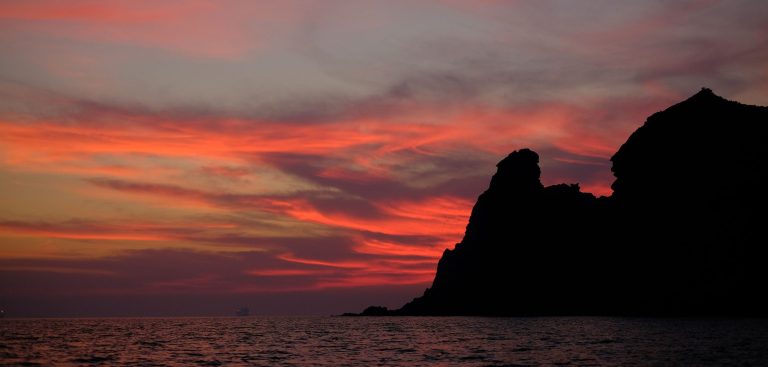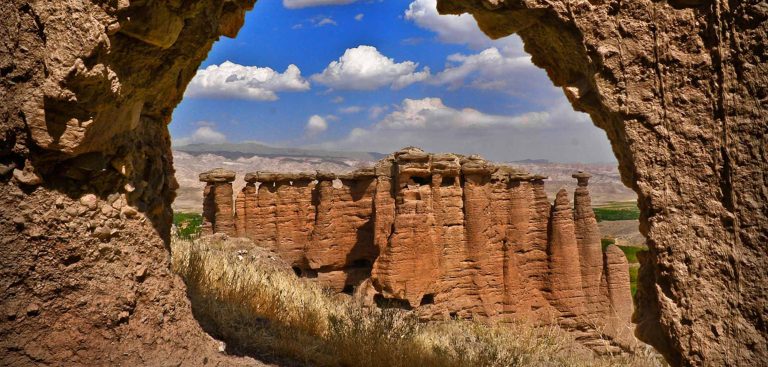Welcome to Shiraz City
Shiraz is the capital of Fars Province which is located in the south of Iran. The geographical position of this city is in Mediterranean climate which causes warm days and seasonal heavy rains. Shiraz is generally known as the city of poetry. The tombs of two eminent poets of Persian literature named Hafez and Saadi lie in this city. In the past it was also known for its wine but drinking and trading wine is illegal in the laws of the Islamic Republic; so other countries of the world started producing wine with the brand of Shiraz.–Shiraz in the History of Iran: By searching through history, scientists and researchers believe the word Shiraz was derived from different words like Tirazis and Shirazis.
The source of this believe was the discovery of ancient coins or tablets that talks about a city with the same name which was located at the present city of Shiraz. In 1970, while building a kiln for a brick factory in the southwest of Shiraz, clay tablets from Elamite period (2000 BC) were found that mentioned a city at around the same location named Tirazis. In fact, historians believe that there was a city in the southeast of Shiraz with the name of Aboonasr, over which the present city of Shiraz was built after being deserted. In Umayyad era, Shiraz city was moved to its present location and caused the old city of Estakhr to be deserted. Scientists like Shahbazi believe that up to the end of Sasanian Period, Shiraz had probably been an official center.
Moreover, Arberry believes that Shiraz was run under supervision of Parseh in Darius the Great’s era, and after the invasion of Alexander of Macedon got under supervision of the ancient city of Estakhr. In Sasanian era Shiraz was, politically categorized, a part of Ardeshir Khoreh with the centrality of Firuzabad. This is proved by Sasanian seals which were found in discoveries performed in Abu Nasr Palace near Shiraz. In the Arab’s attack in 640 to 653 AD Shiraz was conquered, made the capital in the Buyid Dynasty and other buildings including mosques were built in Shiraz in that time. After the conquer of Seljuk in the 12th century AD, Shiraz got developed and simultaneously intact from Alexander of Macedon’s harm by the plan of the governor of Shiraz. In Timur’s time Shiraz again was saved of any destruction. In 15th century Shiraz was run by Safavid Dynasty, from which the khan School is a memorial. After Safavid Dynasty, Afghans ruled over Shiraz for a while until the onset of Karim Khan Zand’s time. Karim Khan Zand rose to power after Nader Shah and founded the Zand Dynasty.
In that period Karim Khan granted Shiraz city as the capital and provided the means for the development of the city. The trade of glass and wine progressed day by day and Karim Khan started building some new buildings. The Vakil Complex, including a Bath, Bazaar and a Mosque are the most important of these buildings and are still exuberantly alive in Shiraz.
In Qajar Period the capital was moved to Tehran and in Pahlavi Period, Shiraz was marginalized and, as it was outside the north to south Silk Road corridor gradually decayed. The present city of Shiraz became popular again in the second Pahlavi era. The main reason was the significance and the value of Achaemenian monuments like Persepolis and Pasargadae for Mohammad Reza Pahlavi which led to the performance of the Art Celebration in Shiraz city for 10 years hosting numerous great artists from Iran and other parts of the world. Based on statistics in 2016 the population of Shiraz city was 1.712.745.
Here are some additional aspects of Shiraz to delve into:
Cultural Events: Shiraz city hosts numerous cultural events throughout the year, including the Shiraz International Film Festival, which showcases both domestic and international films. The city also holds traditional music and dance performances, poetry readings, and art exhibitions.
Cuisine: Shirazi cuisine is known for its rich flavors and diverse ingredients. Some famous dishes include “Fesenjan” (a stew made with pomegranate paste and walnuts), “Shirin Polo” (a sweet rice dish with dried fruits and nuts), and “Ash-e-Reshteh” (a hearty noodle soup). Visitors can explore the local food scene in traditional restaurants and street vendors.
Bazaars: Shiraz boasts vibrant bazaars where visitors can immerse themselves in the hustle and bustle of Iranian commerce. The Vakil Bazaar is one of the most famous, offering a wide array of goods such as spices, textiles, handicrafts, and traditional Persian carpets.
Gardens: In addition to Eram and Afifabad Gardens, Shiraz city is home to several other beautiful green spaces, including the Jahan Nama Garden and the Delgosha Garden. These gardens provide peaceful retreats where visitors can relax amidst lush vegetation and exquisite landscaping.
Architectural Marvels: Apart from Nasir al-Mulk Mosque, Shiraz city boasts other architectural gems such as the Arg of Karim Khan, a citadel dating back to the Zand dynasty, and the Vakil Mosque, known for its stunning tilework and intricate design.
Education: Shiraz is home to several prestigious universities, including Shiraz University, one of the oldest and most reputable institutions of higher education in Iran. The city’s academic atmosphere adds vibrancy and diversity to its cultural landscape.
Modern Developments: Like many cities in Iran, Shiraz has undergone significant modernization in recent decades, with the development of infrastructure, shopping malls, and recreational facilities. However, efforts have been made to preserve its historical and cultural heritage amidst this progress.
These aspects contribute to the multifaceted appeal of Shiraz, making it a captivating destination for travelers interested in history, culture, cuisine, and natural beauty.


